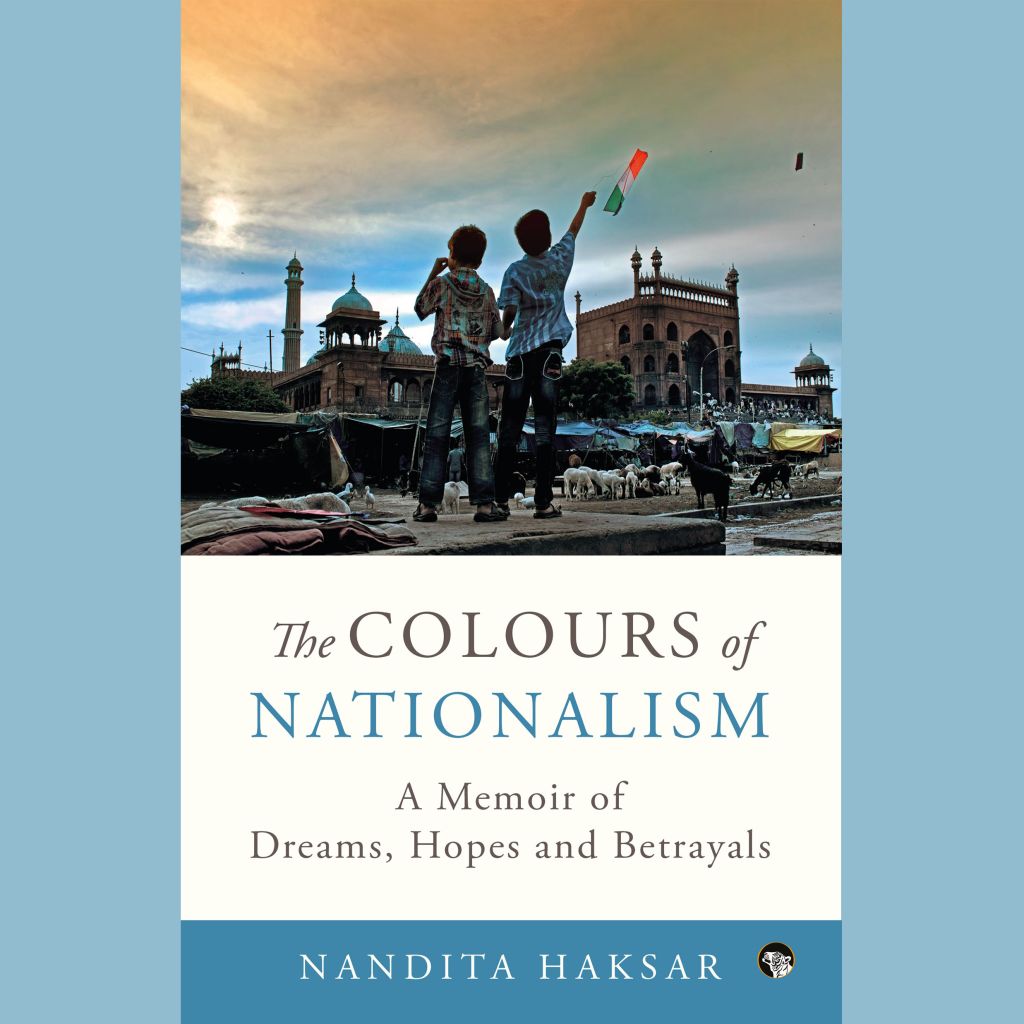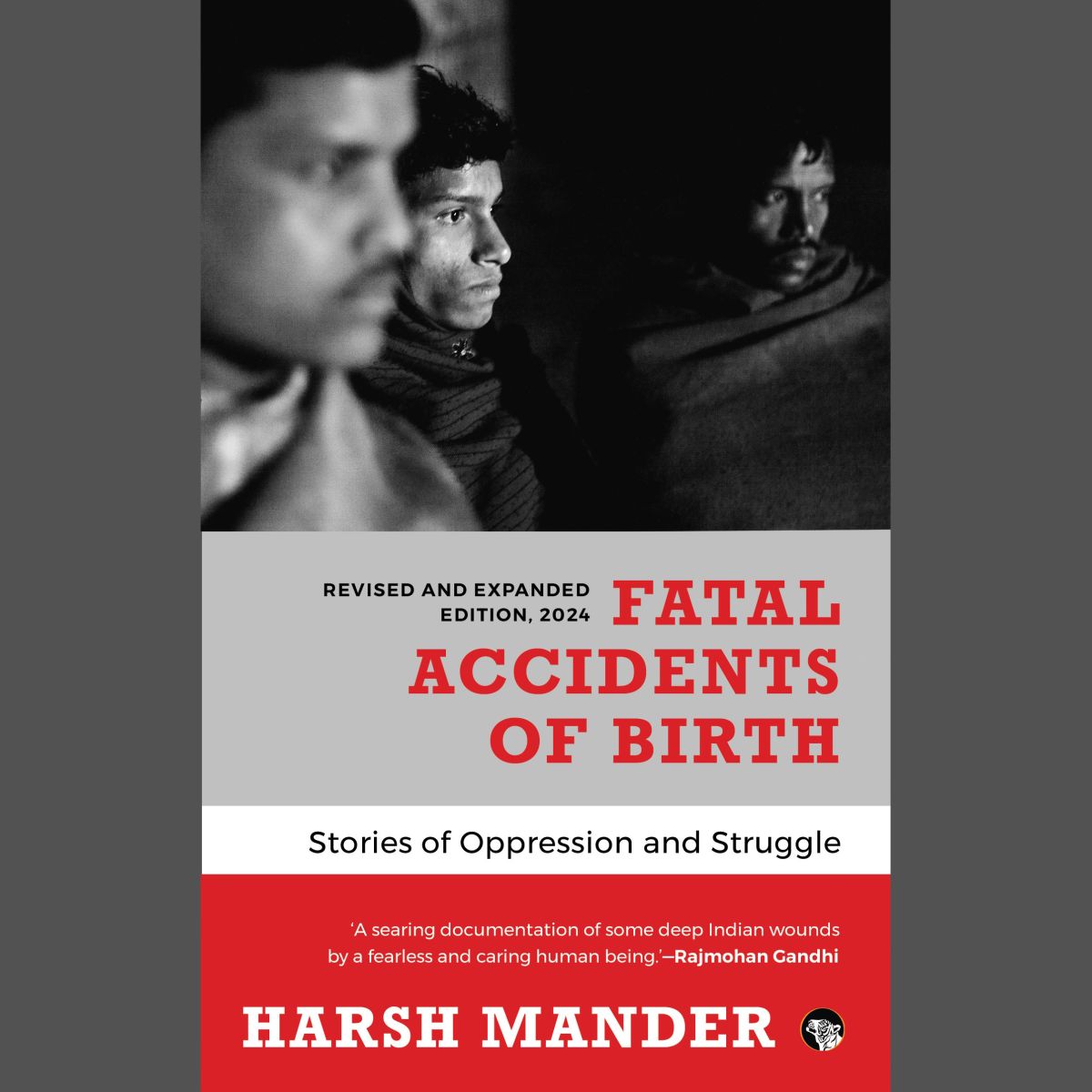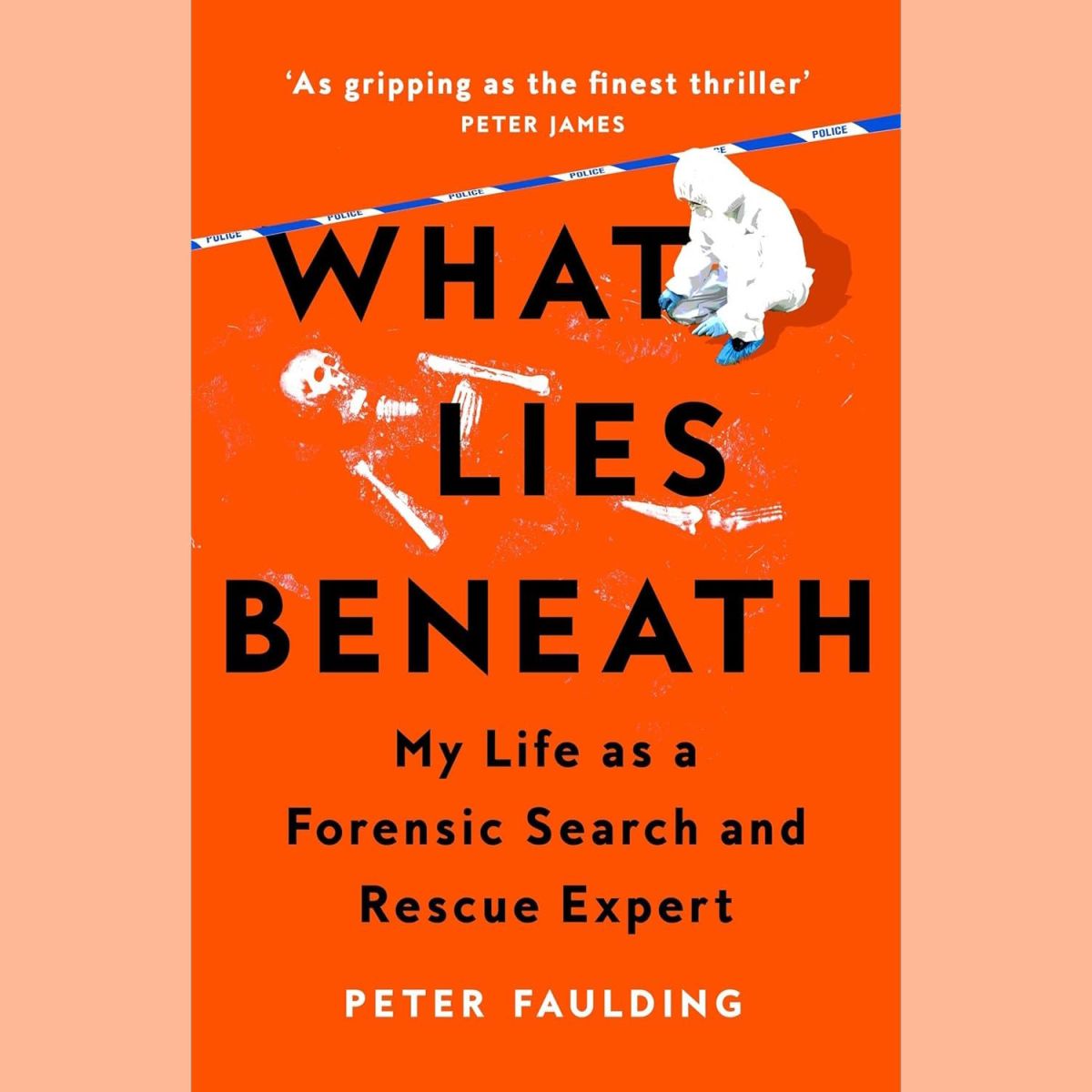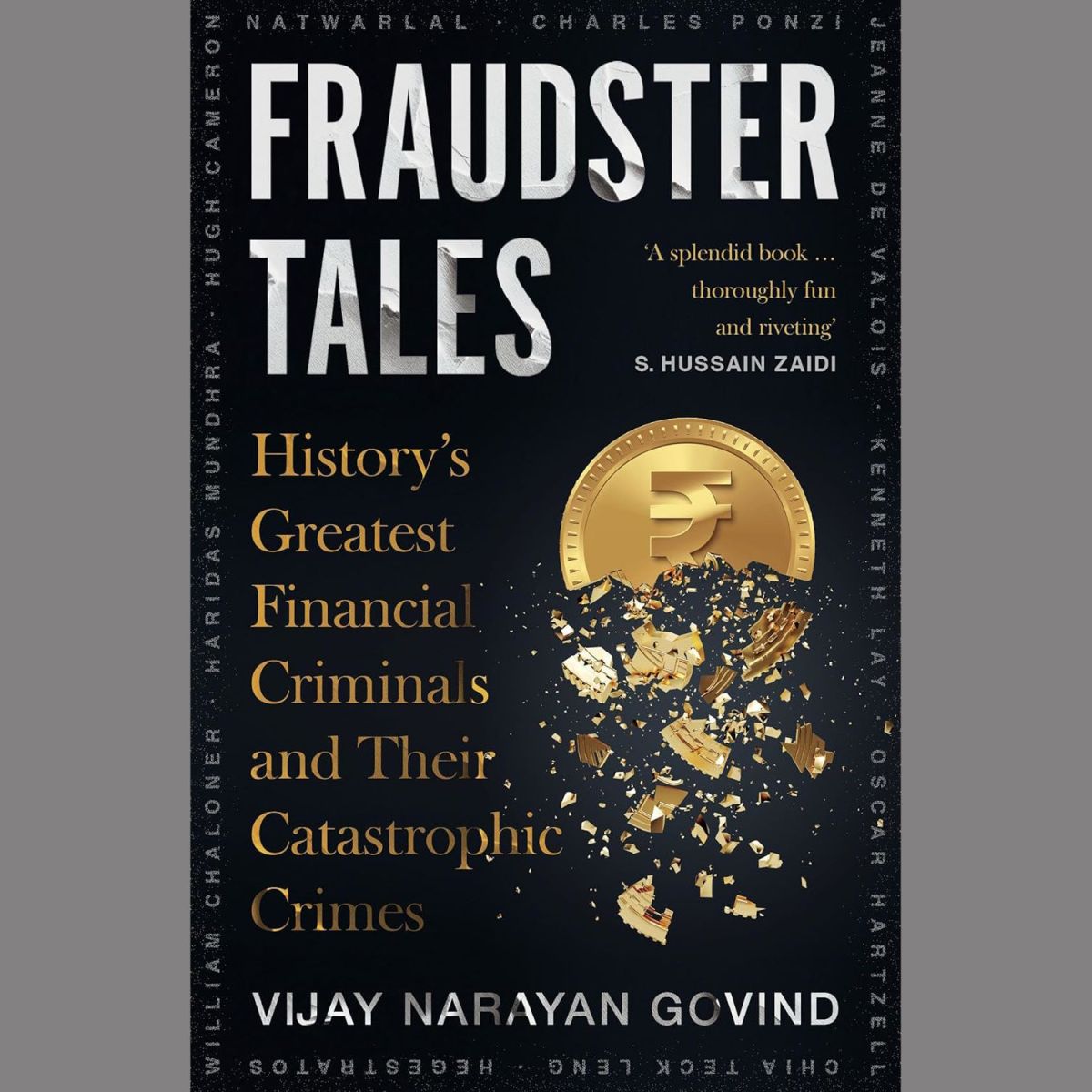Human-rights lawyer, teacher, campaigner and writer, Nandita Haksar has represented the victims of army atrocities in Northeast India, Kashmiris framed in terrorism cases, migrant workers, and refugees seeking asylum in India. The Colours of Nationalism is her recently-published memoir, which offers both an insider’s look at the working of the government and legal system as well as the abuses of power against minorities. ‘The second in the series of Nandita Haskar’s introspective memoirs, this book is the story of an Indian human rights lawyer’s journey to discover India. Born to a privileged upper-caste and upper-class family, her human rights work takes her to the remote corners of the country, and in the process, she discovers how her fellow citizens, across religions, ethnicities, classes and castes, experience India. Born in 1954, Nandita grows up imbibing the promise of the socialist Nehruvian vision for India—a developed nation of equals. But her encounters with the people of the country force her to question some of its assumptions,’ says the publisher’s note.
With the publisher’s permission, here is an excerpt from The Colours of Nationalism
We belonged to a community called the Kashmiri Pandits, the same community to which India’s first prime minister, Jawaharlal Nehru, belonged. I believe there were several havelis belonging to the Haksars in the heart of Old Delhi, the walled city which was once called Shahjahanabad, though none of them belonged to my father or grandfather. Nehru had got married in one of the Haksar havelis. But my parents never made me feel this was something to be especially proud of. I only saw the ancestral homes once in the 1960s before they were sold off and our links with Purani Dilli were severed.
The links we had with the Kashmir Valley too were at best nebulous. The Pandas, or priests, at the famous Martand temple in Anantnag, Kashmir kept the genealogical charts of the Kashmiri Pandit families, even those who had left the Valley in the 1820s. They used to come to the plains in winter to update their records. Sometimes when a family could not conduct the annual rituals for deceased relatives, money was sent to the Martand priests and they would carry out the necessary rituals for the family living in the plains. When I went to Martand for the first time in the 1970s, I was amazed to see how scrupulously they kept these charts for each family. I had the Haksar and Sapru family tree—the latter being my mother’s lineage—copied out for me.
Our families, both from my father’s side and my mother’s, had no other contact with the Valley. I wondered why we had not at least preserved the knowledge of the Kashmiri language. When I asked my grandmother, she said even her grandmother did not speak Kashmiri. Within a generation of migrating, in the early 1800s, we lost our language and even our faith, which in Kashmir was Shaivism; in the plains of Hindustan, we embraced Vaishnavism. Marriages too were arranged within the Kashmiri Pandit community living in the plains, scattered from Indore to Delhi, not with that living in the Valley.
In the old days, when the Kashmiri Pandits in the plains had weddings, they would always have a special kitchen for their Muslim friends. By the time I grew up these relationships had all but vanished. In part this was because many of the Muslim friends had left for Pakistan. Many of Delhi’s Kashmiri Pandits too had left the walled city and started living in New Delhi and later South Delhi. The culture of the Kashmiri Pandits living in the plains, especially in Delhi and Lucknow, has been celebrated as exemplifying the Ganga-Jamuni tehzeeb, or the composite culture of India—a mix of Hindu and Muslim sensibilities.
Further back in time, the men learnt Urdu and Persian and used to often be sent to the courtesans to learn tehzeeb, or etiquette. My mother told me that some of our relatives were sent to Akhtari Bai Faizabadi, the daughter of the famous courtesan Mushtari Bai, to learn courtly manners. That was when she was still living in Faizabad, before she became Begum Akhtar, the legendary singer. Amma was proud of this link with the famous ghazal queen. I found out about this relationship when I met Begum Akhtar briefly on the occasion of her performance after the Simla Agreement—which marked the end of the India–Pakistan war of 1971—and I heard my mother say to her, ‘Hamara to aap ke saath purana rishta hai.’ (Our relationship goes way back.) Begum Akhtar had smiled and seemed pleased. I never asked Amma the details of this relationship, and by the time I started writing this book, my mother was no more. No one in the family seemed to know. The male relatives looked embarrassed when asked. For Amma, though, courtesans represented the educated, liberated woman.
The men greeted each other—Hindu and Muslim alike—with ‘aadaab arz hai’—a secular greeting of the Mughal court. When greeting women of their own community, though, they always said ‘namaskar’, as did women greeting each other or people of another community. The women in the Kashmiri Pandit community were educated, but in Hindi and Sanskrit. So, when they wrote to their husbands they would write in Hindi in the Roman script.
Many men of the Kashmiri Pandit community were accomplished poets, such as Muhammad Iqbal (1877–1938), who converted to Islam. His family name was Sapru. Then there was Brij Narayan Chakbast (1882–1926). Anand Narain Mulla (1901–1997) of Lucknow was married to my mother’s Bua; we called him Nandu Bhai. He won the Sahitya Akademi award in Urdu in 1964 for his book, Meri Hadis-e-Umr-e-Gurezan. Nandu Bhai was the first president of the Uttar Pradesh Urdu Academy and a recipient of the Iqbal Samman for contributions to Urdu poetry. Anand Narain Mulla once famously declared, ‘Main apna mahzab chhor sakta hoon lekin Urdu zaban nahi.’ (I can forgo my religion but not the Urdu language.)
I am glad I had seen some of this culture as a child because it has now vanished and my nephews and nieces have no knowledge of it. The Urdu language gradually became identified with Muslims and Hindi with Hindus. My Dada, my father’s father, insisted my father learn Sanskrit rather than Persian. My grandfather died before I was born but his younger brother, whom I loved dearly and also called Dada, was very much an example of the Ganga-Jamuni tehzeeb. Although I do not remember him ever using that expression to describe his culture.
The Colours of Nationalism: A Memoir of Dreams, Hopes and Betrayals
Author: Nandita Haksar
Publisher: Speaking Tiger
Format: Paperback
Number of pages: 392
Price: Rs 491
Available on Amazon









